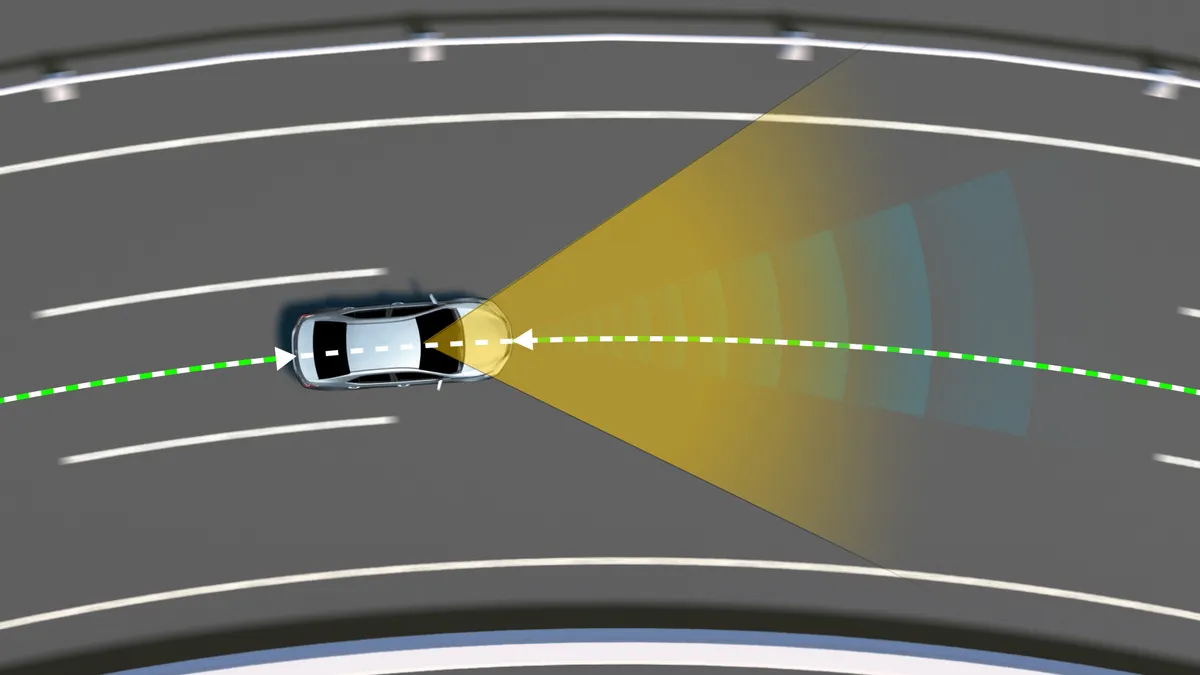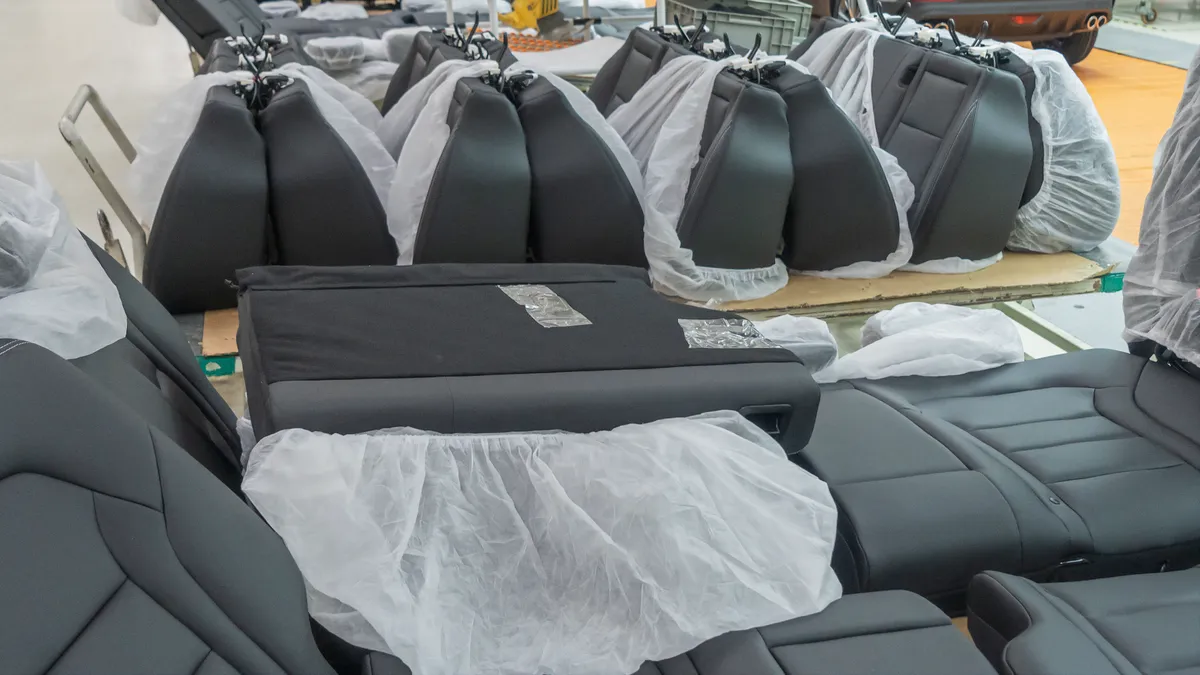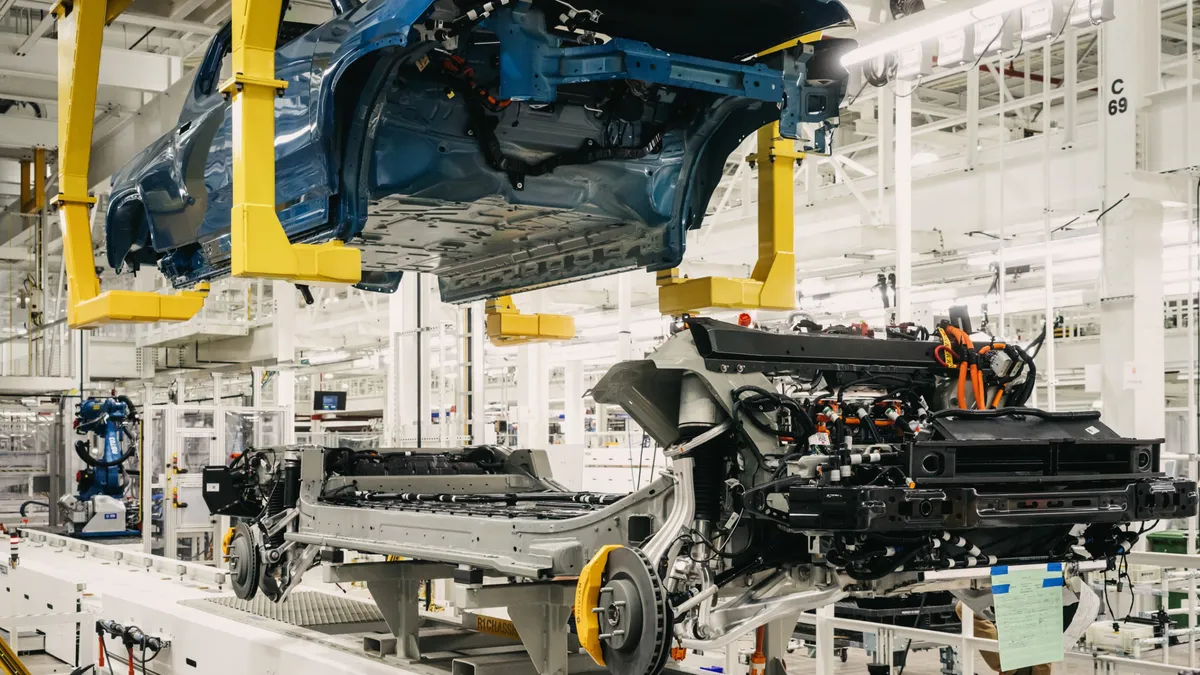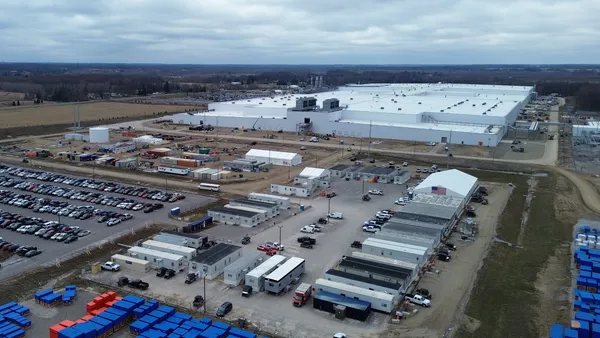Dive Brief:
- Toyota will launch three research projects focused on improving road safety, the automaker said Thursday.
- The company’s Collaborative Safety Research Center will study driver support features for lane centering, develop an in-vehicle intervention to encourage safe driving and evaluate how data can improve technology that promotes safer driving behavior.
- The automaker also joined the Vulnerable Road User Injury Prevention Alliance at the University of Michigan International Center for Automotive Medicine to support research into crashes with pedestrians, cyclists and electric scooters.
Dive Insight:
While the number of people who died in motor vehicle crashes declined 3.3% in the first three months of the year, according to the National Highway Traffic Safety Administration, road safety advocates and policymakers remain concerned about elevated fatalities. In recent months, they've pushed the auto industry to make vehicles safer for all road users.
“Far too many people are dying on our roadways in preventable crashes,” NHTSA Acting Administrator Ann Carlson said in a statement last month. “We are taking significant action to reduce traffic fatalities, including moving forward on new vehicle standards to make cars even safer, investing millions of dollars to improve infrastructure and roadway safety, and working with our state and local partners to help drivers make safe decisions on the road.”
Toyota’s CSRC will collaborate with the Massachusetts Institute of Technology Center for Transportation & Logistics AgeLab, the University of Michigan Transportation Research Institute and Touchstone Evaluations, Inc. on the new projects.
“By collaborating with researchers to study real-world problems related to mobility technologies, we aim to develop enhanced engineering tools and empower drivers to maximize the potential of advanced technologies,” CSRC Director Danil Prokhorov said in a statement.
Toyota created the CSRC in 2011 to partner with universities, hospitals and other institutions on advancing mobility safety. So far, the organization has received $115 million to develop tools and testing procedures for advanced driver assistance systems and research human factors related to vehicle safety, among other activities.
Other automakers and suppliers, including Ford and Bosch, are also researching ways to improve traffic safety, such as intelligent transportation systems.
The U.S. Department of Transportation is considering several measures to improve road safety for pedestrians, cyclists and other vulnerable road users. These include a proposed rule to require automatic emergency braking and a proposal to add a pedestrian protection program to the New Car Assessment Program.












